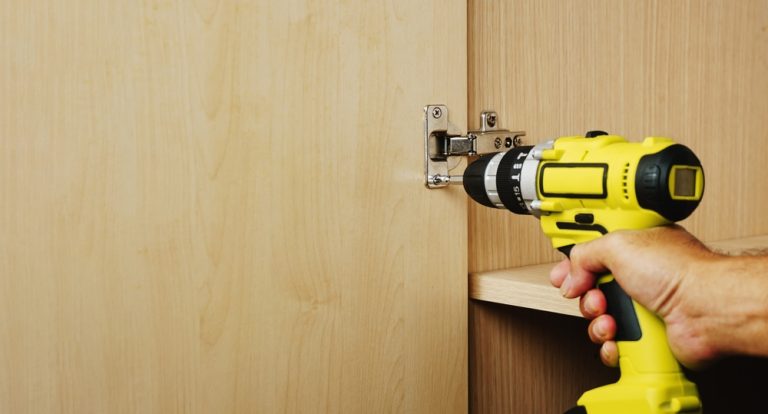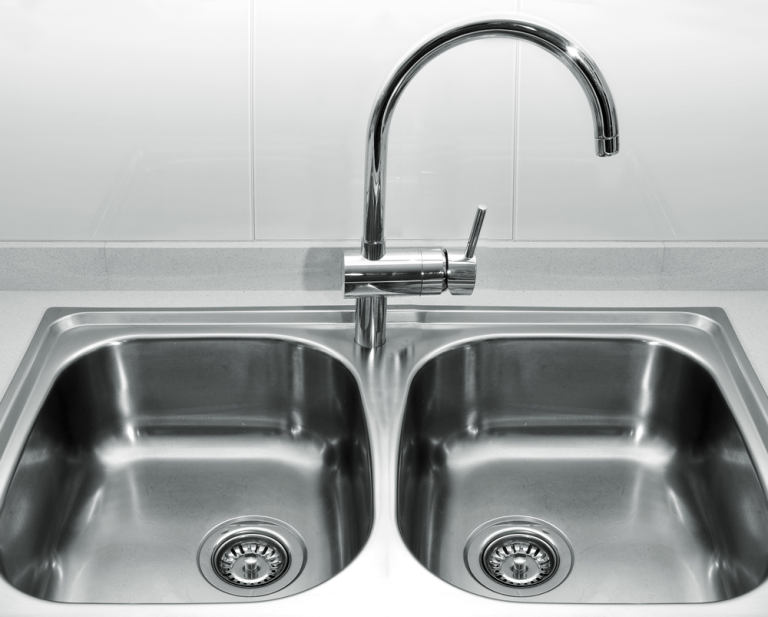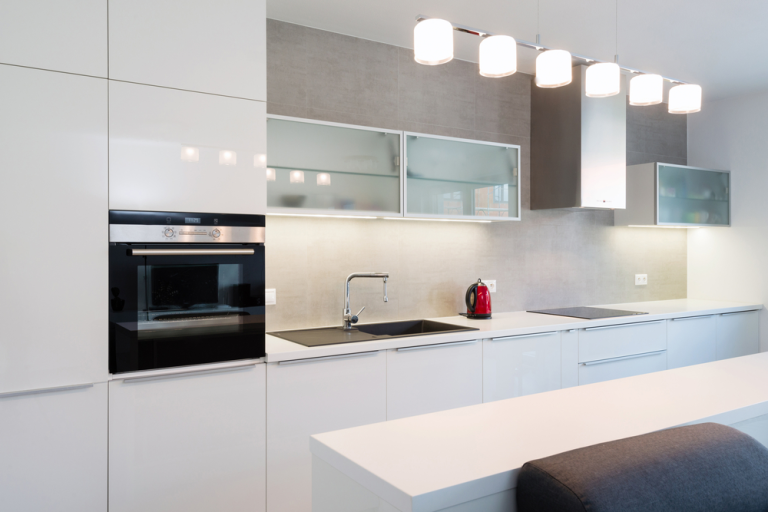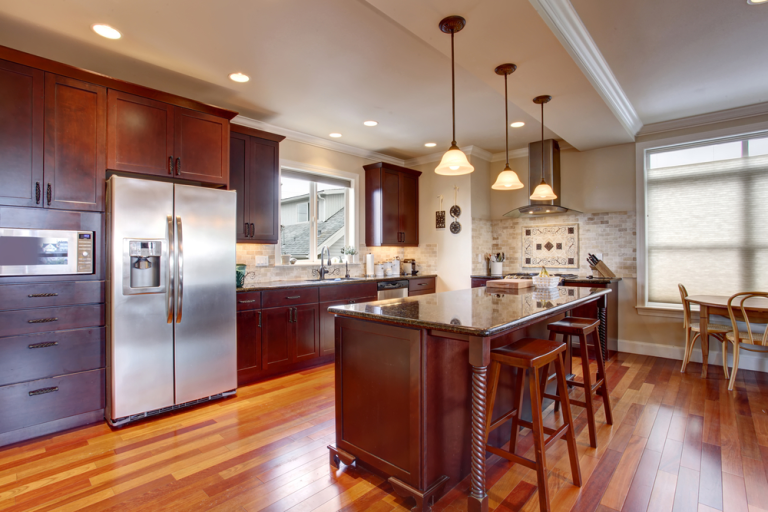How to Finance a Kitchen Remodel?

Remodeling your kitchen can be an exciting project, but financing it can be a challenge. Whether you’re planning a minor upgrade or a full-scale renovation, choosing the right financing option is crucial to staying within budget and avoiding financial stress. Here’s a detailed guide on how to finance a kitchen remodel, exploring various options that cater to different financial situations.
Assess Your Budget and Project Scope
Before you start exploring financing options, it’s crucial to have a clear understanding of the overall cost of your kitchen remodel. Begin by defining the scope of your project. Are you planning a minor upgrade, such as replacing countertops and cabinets, or a major overhaul involving structural changes?
- Itemize Your Costs: Create a detailed list of all expected expenses. This should include materials, labor, permits, and any potential unexpected costs. Consider consulting with a contractor to get accurate estimates.
- Include a Contingency Fund: It’s wise to set aside an additional 10-20% of your total budget for unforeseen expenses. Remodeling projects often encounter unexpected issues, so having a contingency fund helps manage surprises.
- Research Costs: Research the costs of various materials and appliances to get a better understanding of what you can afford. Websites like Home Depot and Lowe’s offer price ranges for many kitchen remodel products.
Having a clear and realistic budget will help you identify which financing options are feasible and avoid financial strain during the remodeling process.
Cash Savings
Using cash to finance your kitchen remodel is the most straightforward method, as it doesn’t involve borrowing or incurring debt. Here’s why you might choose this route:
Benefits
- No Interest Payments: Paying with cash means you won’t have to pay interest, which can save you money in the long run.
- Avoiding Debt: By using your savings, you avoid adding to your existing debt load, which can be beneficial for your credit score and overall financial health.
Considerations
- Impact on Savings: Ensure that using cash won’t deplete your emergency fund or other critical savings. It’s important to maintain financial security even while investing in your home.
- Opportunity Costs: Consider the opportunity cost of using your savings for the remodel. Could those funds be better invested elsewhere, such as in retirement accounts or investments that could yield a higher return?
Home Equity Loan
A home equity loan allows you to borrow a lump sum against the equity you’ve built up in your home. This can be a viable option for larger remodels.
Benefits
- Fixed Interest Rates: Home equity loans often come with fixed interest rates, which means predictable monthly payments and no surprises.
- Larger Loan Amounts: This option typically allows you to borrow a significant amount, which is useful for extensive remodels.
Considerations
- Risk of Foreclosure: Since your home is used as collateral, failing to repay the loan could result in foreclosure. Ensure that you can comfortably handle the additional debt.
Fees and Costs: Be aware of any associated fees, such as application fees or appraisal costs, which can add to the overall expense. - Opportunity Costs: Consider the opportunity cost of using your savings for the remodel. Could those funds be better invested elsewhere, such as in retirement accounts or investments that could yield a higher return?
Home Equity Line of Credit (HELOC)
A HELOC offers more flexibility than a home equity loan, allowing you to borrow as needed rather than receiving a lump sum.
Benefits
- Flexibility: You can withdraw funds up to your credit limit as needed, which is useful if your remodeling project has fluctuating costs.
- Only Pay Interest on Amount Borrowed: You only pay interest on the amount you actually use, not the total credit limit.
Considerations
- Variable Interest Rates: HELOCs typically have variable interest rates, which can increase over time. Be prepared for potential changes in your monthly payments.
- Potential for Over-Borrowing: With the flexibility to borrow more as needed, there’s a risk of overspending. It’s important to track your spending carefully., such as in retirement accounts or investments that could yield a higher return?
Personal Loan
A personal loan is an unsecured loan that does not require collateral, making it a good option if you prefer not to use your home as security.
Benefits
- No Collateral Required: Personal loans are unsecured, so you don’t risk losing your home if you can’t repay the loan.
- Fixed Rates: Many personal loans offer fixed interest rates, which can simplify budgeting.
Considerations
- Higher Interest Rates: Personal loans typically have higher interest rates compared to home equity loans. Your credit score will influence the terms and rates you receive.
- Credit Score Impact: A higher credit score can help secure better terms and lower interest rates, so it’s beneficial to maintain a good credit score.
Credit Cards
Using a credit card for part of your remodel can be convenient, especially if you have access to a card with a 0% introductory APR.
Benefits
- 0% Introductory APR: Some credit cards offer 0% APR for a set period, allowing you to avoid interest charges if you pay off the balance within that time frame.
- Rewards and Benefits: Depending on the card, you may earn rewards or cashback on your purchases.
Considerations
- High-Interest Rates: After the introductory period, credit cards often have high-interest rates, which can make them expensive if you carry a balance.
- Best for Small Projects: Credit cards are generally better suited for smaller expenses due to their higher interest rates.
Cash-Out Refinance
A cash-out refinance involves refinancing your existing mortgage for a larger amount and taking the difference in cash, which can be used for your remodel.
Benefits
- Lower Interest Rates: If you secure a lower interest rate on your new mortgage compared to your old one, it can reduce your overall loan cost.
- Debt Consolidation: This option can also consolidate other debts into one payment, potentially simplifying your finances.
Considerations
- Closing Costs: Cash-out refinancing can come with significant closing costs, which should be factored into your budget.
- Extended Loan Term: Extending your mortgage term could result in paying more interest over the life of the loan.
Government Loans
Government-backed loans like FHA 203(k) or Fannie Mae HomeStyle Renovation loans can be excellent choices for including renovation costs in your mortgage.
Benefits
- Lower Interest Rates: These loans often come with lower interest rates compared to other financing options.
- Inclusion of Renovation Costs: They allow you to include the cost of renovations in your mortgage, making them suitable for larger remodels.
Considerations
- Stringent Requirements: The approval process can be more rigorous, and you’ll need to meet specific eligibility criteria.
- Longer Approval Process: Government loans may take longer to process compared to other financing options, so plan accordingly.
Conclusion
Financing a kitchen remodel requires careful consideration of your financial situation and the various options available. Whether you opt for cash savings, home equity, personal loans, or other methods, it’s crucial to weigh the benefits and drawbacks of each option. By choosing the right financing solution, you can successfully manage the cost of your remodel and enjoy your upgraded kitchen without undue financial stress.






